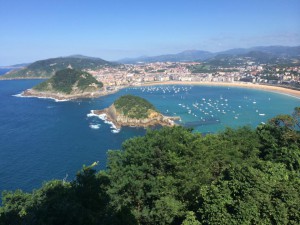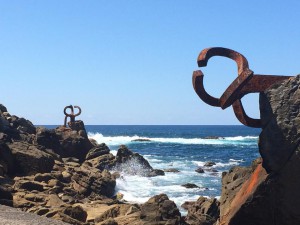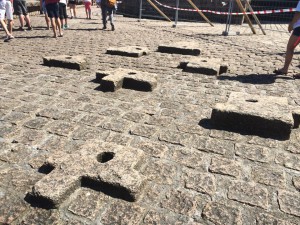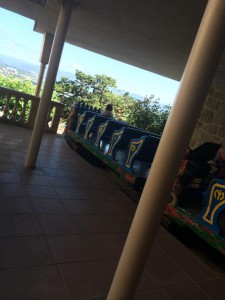My final Friday night in San Sebastian was the wildest night I’ve had on this trip – up late packing my behemoth of a suitcase. I had a severe case of procrastination, as well as heaps of clothing from Zara which was having such magnificent sales that I and many of my fellow travelers couldn’t stay away. On top of that I had presents for my family and friends back home. That’s all well and good if you weren’t already pushing the boundaries of your suitcase’s physical limitations as well as the weight limit at the airport; I had to start from scratch.
While I was folding my clothing into the smallest shapes I could muster, trying out the traditional technique, the weird way I saw on Facebook, and throwing in a couple origami cotton cranes for good measure, I couldn’t help but reflect on the entirety of the trip. Each article of clothing brought back the memory of how my day was spent and who it was with. After my classmates and I braved it through the battlefields of full immersion Spanish class, we either had an excursion planned with Sean and Julian or a day to ourselves. Now my fellow classmates have already given fantastic summaries of the days we’ve had here, so I’m not going to give everyone a summary of a summary of our trip. Even more interesting than the things I did on this trip every day was who I did these things with.
At some point during the last week, Julian commented on just how close our group of students was, and asked how long we had known each other before the trip. He and Sean were amazed to find out that many of us had gone in blind, knowing two or three people but the rest of the group was a mystery. I personally knew only one person before this trip, a very good friend of mine, but I left with 20 friends. I have a very diverse friend group now, both North AND South Campus majors.
My first day was spent with the five people I had spoken to the most in the airport. We had known each other for a grand total of about 12 hours give or take, but after a night on the beach, something was different. It didn’t matter that we had only known each other for such a short period of time; we gelled as a cohesive unit and from that moment on spent most of our free time (that wasn’t being used for a much needed camera battery recharge and a siesta) together.
It didn’t matter to any of us that we hadn’t known the other before crossing the pond, everyone was treated like family. Euros flowed easily from one hand to the other if someone needed an extra 20 cents for a melocotόn (the peaches in Spain dance big, juicy circles around the ones here in the U.S.), or a gelato before we had to race with the clock to meet our professors across town. I actually can’t put into words when it happened, how it happened, or why it happened, but the fact that our entire group stayed just that, a group, astonished me and made the trip all the more memorable. Ordinarily when groups get large, sections break off into cliques that, once formed, can never be penetrated. But that didn’t happen on this trip. Instead, nightly trips to the beach were open to everyone we were with. Some people even brought other international students they’d met at Lacunza, so there would be a group of more than 10, maybe even 15 at a time all enjoying the beauty of the city at nighttime, a thousand little lights transforming the beautiful city we had all seen in the middle of the day to a breathtaking one.
I have a memory with each and every person on this trip that makes me exceptionally happy. And for that I am incredibly grateful. Each and every moment on 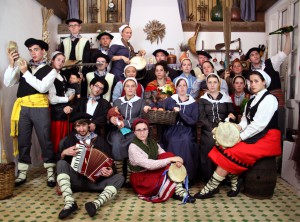 this trip was the most exciting moment of my incredibly geographically sheltered life. Coming from a small high school and having never traveled anywhere more exciting than Ohio, a trip to one of the most beautiful cities in the world with my favorite professor (now favorite professors, as I had only been taught by one before), and new favorite people was all I could have hoped for and so much more.
this trip was the most exciting moment of my incredibly geographically sheltered life. Coming from a small high school and having never traveled anywhere more exciting than Ohio, a trip to one of the most beautiful cities in the world with my favorite professor (now favorite professors, as I had only been taught by one before), and new favorite people was all I could have hoped for and so much more.
So, without further ado, an electronic attempt at a round of applause for the Honors College for allowing us all this opportunity, Sean and Julian for filling our days with mandatory excursions that I was actually excited to go on (usually the word mandatory makes me head for the hills), and to every student on this trip who made me laugh, made me smile, and helped me enjoy this magical city so much more. And thank you to the city of San Sebastian who welcomed this group of rowdy Americans in and showed us all it had to offer.
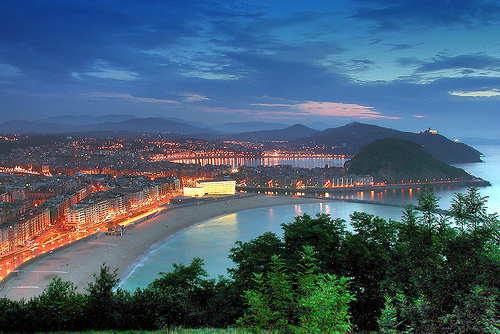
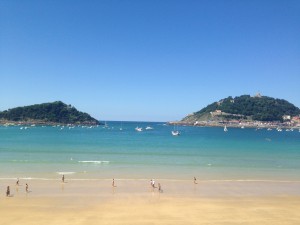
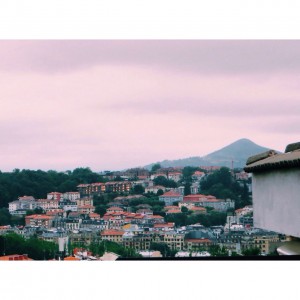
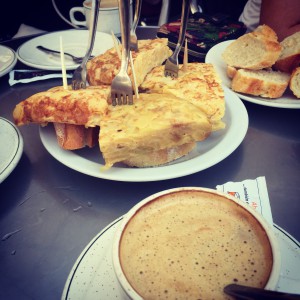
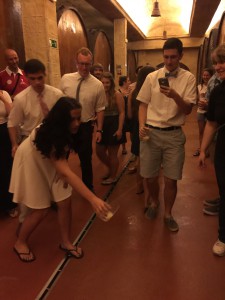
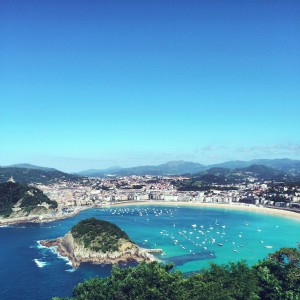
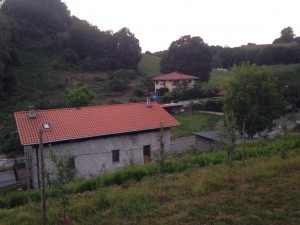
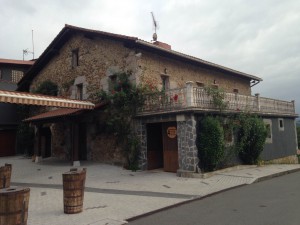
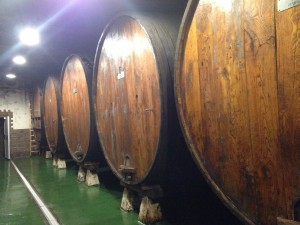
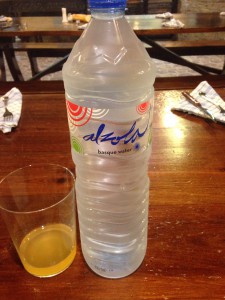
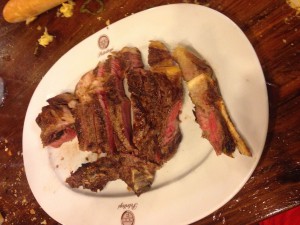
![(null)[4]](https://blogs.uml.edu/san-sebastian-spain-2015/wp-content/uploads/sites/28/2015/07/null4-300x225.jpg)
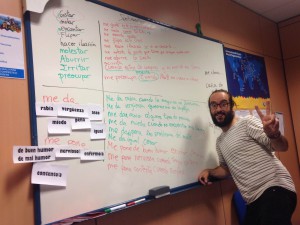

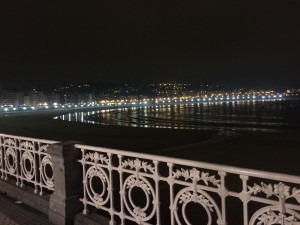
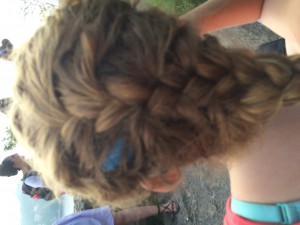
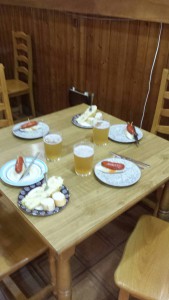
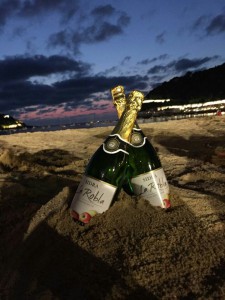
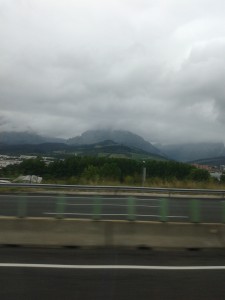
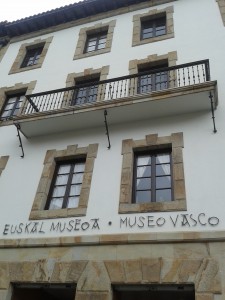

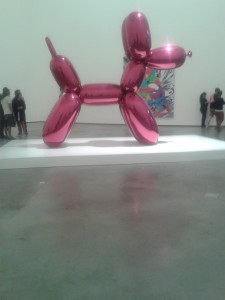
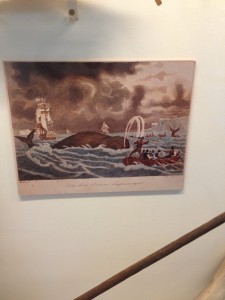
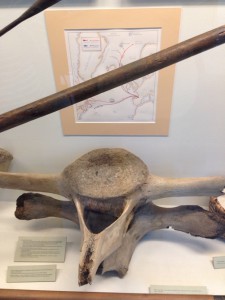
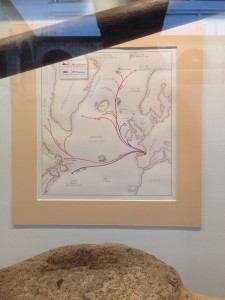
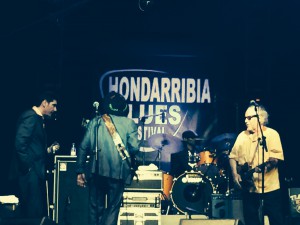
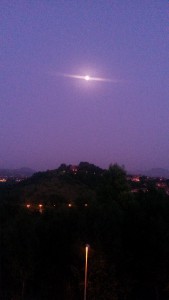
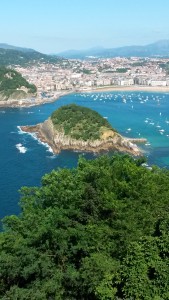
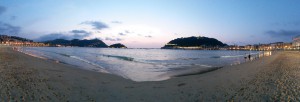 Yet there’s something to be said for all this. As much as I hate what this trip has done to me and to all my future experiences, it’s also sparked something. I’ve discovered a new love for the world and all it has to offer. My life is one of passions; as a kid who first picked up a guitar three years ago because he was tired of merely air guitaring to Stevie Ray Vaughan, received no training all through high school and learned to play purely through emotion, and is now a music student not because of skill, training, or marketability but instead pure love for the subject, I’ve based a lot of my adult life purely on passion. This trip has awakened a new intense love for the world and exploring it. I know I may never experience anything like this trip ever again, but I have a hunger for it. I may never get another moment like I had on the beach, but there are more beaches and more moments out there to be had, and I am determined to find them.
Yet there’s something to be said for all this. As much as I hate what this trip has done to me and to all my future experiences, it’s also sparked something. I’ve discovered a new love for the world and all it has to offer. My life is one of passions; as a kid who first picked up a guitar three years ago because he was tired of merely air guitaring to Stevie Ray Vaughan, received no training all through high school and learned to play purely through emotion, and is now a music student not because of skill, training, or marketability but instead pure love for the subject, I’ve based a lot of my adult life purely on passion. This trip has awakened a new intense love for the world and exploring it. I know I may never experience anything like this trip ever again, but I have a hunger for it. I may never get another moment like I had on the beach, but there are more beaches and more moments out there to be had, and I am determined to find them.